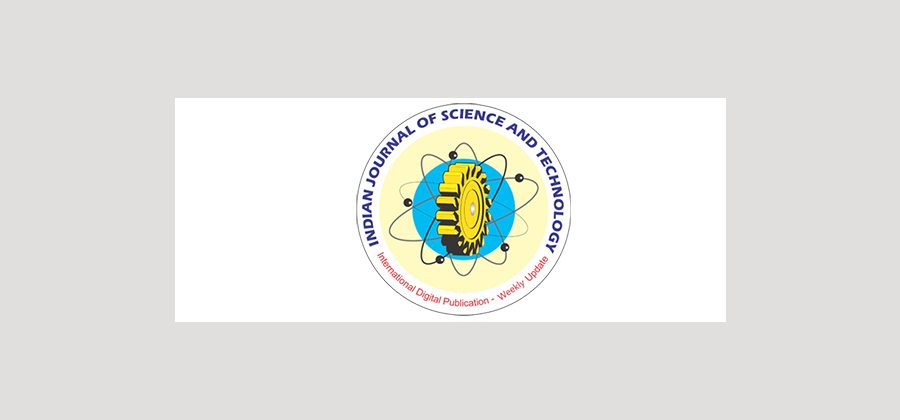


Indian Journal of Science and Technology
DOI: 10.17485/ijst/2017/v10i15/106337
Year: 2017, Volume: 10, Issue: 15, Pages: 1-8
Original Article
Nikolai A. Gryaznov, Sergey I. Artamonov*, Victor I. Kuprenjuk and Evgeny N. Sosnov
Department of Medical Equipment, Central Research Institute of Robotics and Technical Cybernetics, Saint-Petersburg, Russia Federation; [email protected], [email protected], [email protected], [email protected]
*Author for correspondence
Sergey I. Artamonov
Department of Medical Equipment, Central Research Institute of Robotics and Technical Cybernetics, Saint-Petersburg, Russia Federation; [email protected]
Objectives: The aim of this work was to perform experimental studies of hybrid laser radar as an intermediate option between the classical scanning pulsed laser radar and a system built in accordance with a 3D-Flash LADAR technology. Methods: The studies were performed on the ground optical track using modern equipment for the registration of measurement results. Modern methods of mathematical modeling were applied for data processing. Findings: Hybrid laser radar provided location frame frequency significantly greater than the frequency of the classical pulse radar, without the use of a matrix photodetector required for 3D-Flash LADAR. Frame frequency of 28 frames per second was obtained in the experimental settings with the view field of 20×20°. A signal/noise ratio was also determined imitating maximal operating range of 2 km on the ground track or of 5 km in space. Improvements: Hybrid laser radar can be used in robotic systems as a 3D technical vision system.
Keywords: 3D-Flash LADAR Systems, 3D Images, Hybrid LIDAR, Scanning Systems, Time of Flight
Subscribe now for latest articles and news.